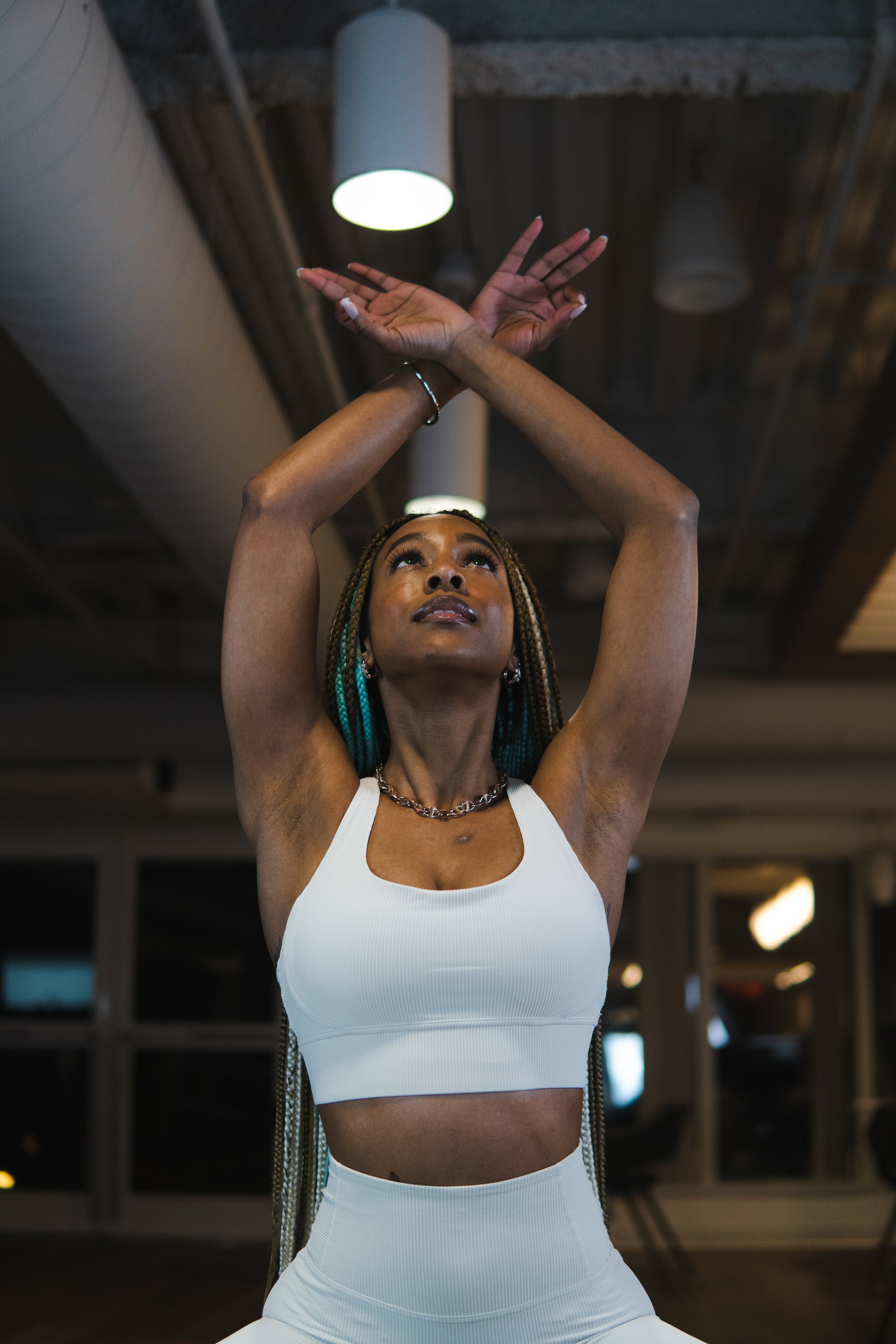My Yoga Teacher Training Experience: Diversity and Inclusion in Yoga
Is the yoga industry truly inclusive?
Yoga is no secret to providing a safe and welcoming community, but it may not always be as inclusive as we believe it to be. Yoga today has become highly modernized with a variety of different forms such as goat yoga, wine yoga, and even yoga sculpt. Although these many forms of yoga can be fun and a great way to find movement for our body, they take away from the true meaning of yoga, which was founded on the idea of meditation, and connecting yourself to your higher self.
Yoga's diversity dilemma
Our yoga practice allows us to be our authentic selves. It has made many of us transform not only physically but also mentally and allows us to dive deep into our inner selves through inner discovery and self-reflection. The experience makes us more aware of the world around us as well as more compassionate and accepting of others.
Unfortunately, not everyone feels comfortable practicing yoga or entering a yoga studio. Images of yoga in the media largely depict thin, flexible, female, expensive athletic wear and for the most part -white. There are few images of people of diverse colors, sizes, ages, and genders, which might make them feel like they don't fit in or cannot find their place in the yoga community. Due to the unique nature of yoga as a practice created by people of color, seeing a lack of representation in yoga and meditation is particularly eye-opening.
How I started my yoga teacher training
I always had an interest in becoming a yoga teacher after a few years of practicing, but never felt comfortable with the lack of diversity and an exorbitant price tag that came with becoming a yoga teacher. As a college student, I could never justify spending that much money on a 12-week course when I had other financial commitments. A few years later, I came across a post by Beyond Yoga that they were hosting a BIPOC Yoga Scholarship to provide funding for anyone that identifies as a BIPOC (Black, Indigenous, and people of color) to help fund their yoga education to bring more diversity to yoga. Seeing this as my chance to complete my training to become a yoga teacher and share some of my heritage with the community, I immediately applied. After a few suspenseful weeks, I received an email confirmation congratulating me that I was accepted to be a recipient of the scholarship.
What I've learned in my yoga teacher training program
After doing my research into different yoga studios and thinking about the type of training I wanted to receive, I ended up choosing CorePower Yoga. I appreciated the type of vinyasa flow that CorePower offers, and I also had a strong interest in getting a certificate to teach Yoga Sculpt as well.
Throughout the training, I was challenged both mentally and physically to keep up with the demands of the program. I chose the online program to accommodate my schedule as well as be cautious about COVID. I gained a lot of insight and information from CorePower's teacher training about various aspects of yoga that I didn't know before. Through this experience, I have learned more about the origins of yoga and how I can provide gratitude and appreciation to yoga, both as a student and as a teacher.` The training also provided me with a sense of stability and appreciation for my practice, as we had to do weekly classes and journals about how we felt both pre and post-yoga classes. Throughout the training, I met such wonderful and amazing souls that shared their stories about how and why they got into yoga and why they wished to teach. CorePower provided useful information on the more technical aspects of yoga, such as sequencing, alignment, and cues to best guide students throughout their practice. We were also taught the importance of being inclusive in our language and the importance of bringing diversity back into the yoga community.
Creating a diverse and inclusive space for yoga teachers and practitioners is key.
As a black woman, I am appreciative of the opportunity I was given to get my teacher training and the resources I was provided to try and change this narrative. Yoga is for everybody and every body, and as teachers, and as students, it is our job to create the inclusive and welcoming environment that yoga was created for and intended to be. In a similar way to training in anatomy, it is equally crucial to know how to work with students without inadvertently offending, demoralizing, dismissing, or excluding them. I believe that a yoga teacher should be willing to observe, validate, and love every body that shows up in class, or students will feel it. If you are a student reading this, and you'd like your teacher to take these points into consideration, bring them up. You are more than a yoga student; you are part of yoga's community that enriches the yoga world and inspires it from within.



